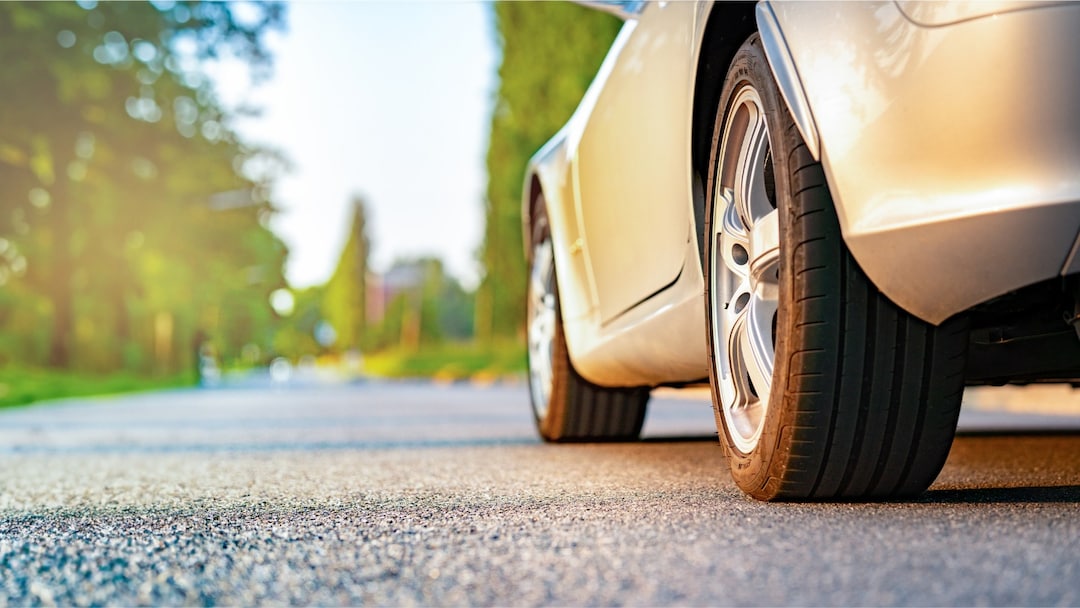What does curb weight mean?

The curb weight, as defined by the National Highway Traffic Safety Administration (NHTSA), refers to the weight of a motor vehicle with standard equipment and maximum capacity of car fluids like fuel, oil and coolant. You could consider it the weight of a car that’s been plucked straight from the assembly line without considering the weight of a driver, passengers, cargo or optional equipment in your car. So, does curb weight matter to you as a driver? Let’s find out.
What is the curb weight of a vehicle?
The curb weight of your car is a baseline measurement that influences several elements of your car, including its overall performance and reliability. Curb weight also plays a role in how your car drives.
For instance, lighter cars with a lower curb weight tend to excel in acceleration and produce quicker initial momentum than heavier vehicles when you step on the gas. Alternatively, cars and trucks with heavier curb weights tend to be more stable and may perform better in adverse weather conditions, where more mass may help the car’s traction and handling.
How to find the curb weight of a vehicle
The curb weight of any given car varies depending on its make and model. To find the specific curb weight of your own car, you may be able to:
- Check your owner's manual: Your car should have come with a handy booklet from the manufacturer that includes its curb weight and other technical specifications.
- Check online: The official website of your car’s manufacturer is likely to include your car’s curb weight as a technical specification about your vehicle model.
- Check for a label: If all else fails, your driver’s side door may have a label or sticker on the door jamb. That label should include general information about your car including its curb weight.
Does curb weight include fuel?
The curb weight of your car includes a full tank of fuel in addition to other operating fluids like motor oil. However, the curb weight doesn’t consider the weight of any passengers in your cabin or any optional equipment or cargo you may be carrying — this would be considered gross weight (more on that in a moment).
Gross vs. curb weight
Before we look at the differences between gross vs. curb weight, let’s first understand what the gross weight of your car indicates. The gross weight of your car typically includes the car’s curb weight, plus passengers, cargo, aftermarket equipment and anything else that may weigh on the car as it drives, like a trailer in tow.
The gross weight of your car may be a key metric for safety regulation. After a series of safety tests, your car is assigned a gross vehicle weight rating (GVWR) by the car’s manufacturer to represent the maximum weight of the vehicle and what it can carry when fully loaded.
Why does the gross weight of a car matter?
The GVWR of your car is an essential safety metric. If a car takes on more weight than it can safely bear, its overall performance will likely be affected, including critical safety elements like braking. Overloading a car can also increase how much wear and tear it takes on, which may reduce its overall lifespan. Because of these safety concerns, the GVWR sets a benchmark for how heavy a car can be before it’s unlawful to drive.
In summary
The curb weight of your car is its weight when it comes off the production line. The car's curb weight includes the weight of all its standard equipment plus a full tank of all necessary fluids and fuel. Your car's gross weight, unlike curb weight, also considers the weight of the driver (you), plus any passengers, cargo and equipment. Gross weight is measured as a gross vehicle weight rating (GVWR) by safety regulators to set a maximum car weight that’s legal to operate under.



